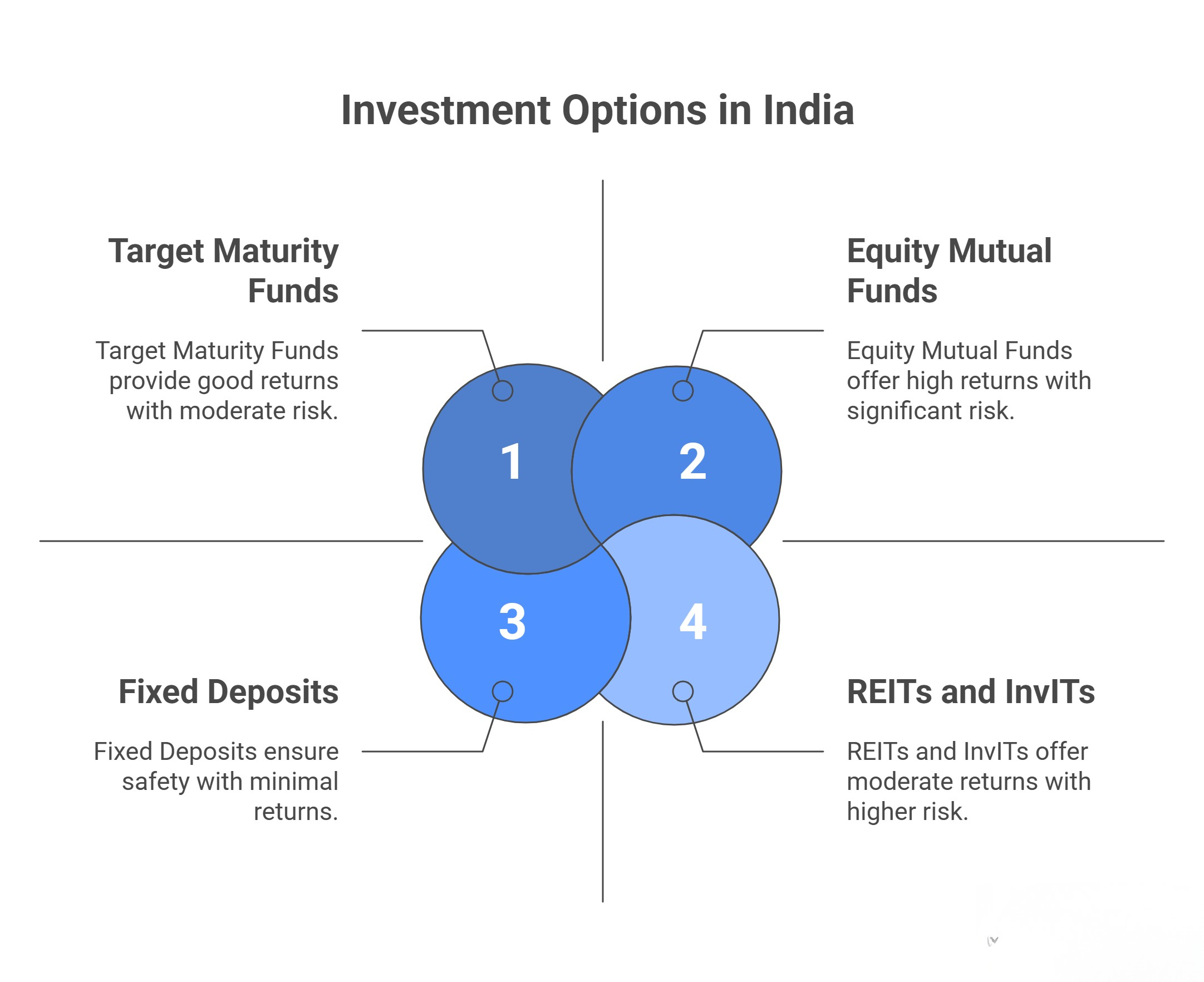What do you think, can a company make its bill payment on time? This is such a basic thing right, but it turns out to be the most important thing for an investor to know about.
A company can be profitable in paper but if there is not enough cash to meet the immediate debts then it could be a serious trouble for the company. And this power to pay short term bills is what is known as “Liquidity”.
You can relate it by thinking of it as your monthly budget, where you are earning a good salary but all your bills have a due date of 2nd of every month on the other hand your company releases the salary on every 7th this here is a liquidity problem. Now imagine this on a bigger scale where big companies also face this problem.
Some simple tools like liquidity ratios can be used to understand the company’s liquidity, as it helps in quick financial health check-up of the company. Here in this blog we will be learning about the two most popular ratios, the current ratio and quick ratio by looking at their key differences for our journey to be a smart investor.
What are Liquidity Ratios?
Liquidity ratios can turn out to be a company’s financial thermometer that gives you quick knowledge about how capable a company is in paying its bills that are due within the next year. They do this by comparing the things a company owns that can be quickly turned into cash (known as current assets) with the bills it has to pay soon (known as current liabilities).
These ratios are beneficial for the investors as they help in giving early warning signs if the company is struggling to pay its bills, or its risk and even if this could affect the stock price. Even financial institutions like banks look at these numbers before they lend money to these companies. So when you’re looking at a stock on a platform like Pocketful, these ratios give you an inside look into the company’s real financial health.
The Current Ratio
It is one of the most common and famous liquidity ratios, which gives you a broad, overall look at the company’s power to pay its bills on time. It helps investors with one simple thing, the company’s liquidation ability to pay its upcoming bills for the next 12 month period. It helps investors in checking if the company has a good safety net for the upcoming year ahead.
Formula
To calculate the current ration there is a simple formula:
Current Ratio = Current Liabilities / Current Assets.
Here to find out the current ratio, the current liabilities are divided by the current of the company.
Here Current Assets means all the things that a company owns and can turn it into cash within one year. This includes things like cash in the bank, money that the customers owe to the company, goods in their warehouse (inventory) and even the bills that are paid in advance. On the other hand Current liabilities are the bills and debts that the company has to pay within one year, this also includes money owed to the suppliers and any short term loans taken by the company.
What Does the Number Mean?
A ratio above 1 is usually a good sign as it shows that the company has more assets than bills. For instance, a ratio of 2 means the company has Rs.2 of assets for every Rs.1 of bills that the company needs to pay. A ratio below 1 can be a warning as it suggests the company might find it tough to pay all its bills on time. Generally experts say that a ratio between 1.5 and 2.0 is healthy for a company.
Let’s look at a simple example, say we have a company, “Bharat Gadgets Ltd” which has a current assets value of Rs.10,00,000 and its current liabilities are of Rs.5,00,000. So the Current Ratio of the company = Rs.10,00,000 / Rs.5,00,000 = 2.0. This means Bharat Gadgets has Rs.2 ready for every Rs.1 it owes.
Advantages of Current Ratio
- Super Calculation You can find these numbers easily on a company’s financial statements and using the formula you can easily find out the current ratio.
- Quick Health Check: It gives you a fast, simple snapshot of the company’s financial situation and its ability to pay the bills.
Disadvantages of Current Ratio
- Inventory Problem: This is the main issue as the Current Ratio treats all assets the same. But what if some assets are old or outdated that are not saleable in the current market and cannot turn instantly into cash for the bill payments. This can help in looking the company healthier but in reality there is a different story.
This problem is exactly why we have another, stricter test.
Read Also: Ratio Analysis: List Of All Types Of Ratio Analysis
The Quick Ratio
The Quick Ratio that is also known as “Acid-Test Ratio,” which is a type of a financial fire drill. It was invented to fix the inventory problem that we have just seen in the current ratio. It helps in looking at the company’s health more clearly and strictly.
This ratio helps in telling the investors that if the company needs to pay all its bills tomorrow could it do it without having a fire sale to sell its inventory. In quick ratio the assets that can be turned quickly into cash within 90 days are only considered.
Formula
To find out the quick ration, you need to use the following formula:
Quick Ratio = Current Assets − Inventory − Prepaid Expenses / Current Liabilities
In this the inventory is subtracted as there is no guarantee if the inventory can be quickly sold or not and also the prepaid expenses are removed, because you can’t use the office rent you paid in advance to pay your suppliers. Here only the assets that can be quickly liquidated are considered.
What Does the Number Mean?
Here, the magic number is 1. A ratio of 1 or more is great. It means the company can pay all its current bills without touching its stock of goods. A ratio below 1 means the company really depends on selling its inventory to stay afloat. If sales suddenly stop, it could be in a tight spot.
Let’s look at the example of Bharat Gadgets once again where current assets are of Rs.10,00,000 and the current liabilities are of Rs.5,00,000, but here Rs.6,00,000 is just the inventory (asset) sitting in the warehouse. So to find out the quick ratio you need to:
Quick Ratio = (Rs10,00,000 – Rs.6,00,000) / Rs.5,00,000 = Rs.4,00,000 / Rs.5,00,000 = 0.8.
Here the company is having the current ratio of a solid 2.0 but its quick ratio is only 0.8, which helps the investors to see and know that Bharat Gadgets needs to keep selling its products to pay the upcoming bills. A sudden dip in sales can create a big problem for them.
Advantages
- Realistic Numbers: It gives the investors a real sense of how a company would deal in a real cash crunch situation.
- Portrays Inventory Risk: This gives a clearer picture of how much a company is holding as an asset in its inventory.
Disadvantages
- Stricter Checks: Quick Ratio might make a perfectly healthy business that is dependent on inventory look weak as the whole business is about moving inventory fast.
Read Also: What is Put-Call Ratio?
Current v/s Quick Ratio
| Feature | Current Ratio | Quick Ratio |
|---|---|---|
| Main Question | Can the company pay its bills over the next year? | Can the company pay its bills right now? |
| What’s Counted? | All current assets (Cash, Bills from customers, Inventory) | Only the fastest assets (Cash, Bills from customers) |
| Difference | It includes inventory. | It excludes inventory. |
| How Strict Is It? | More relaxed and general. | Much stricter, like a “worst-case scenario” test. |
| Scoring | Usually, 1.5 to 2.0 is seen as healthy. | 1.0 or above is considered strong. |
| What It Tells You | The company’s general financial health for the year. | How well the company can survive a sudden crisis. |
The key thing to remember is that the difference between the two ratios tells you a story about the company’s inventory. If there’s a big gap between the two numbers, it means the company’s safety depends a lot on selling its products.
Smart investors and banks look at both ratios together to get the full picture.
- The Current Ratio is like a regular health check-up.
- The Quick Ratio is like a stress test to see how the company would handle an emergency.
People lending money, like banks, often care more about the Quick Ratio because it’s the safer, more cautious number.When you’re checking out a company on the Pocketful app, try looking at both. It will tell you so much more than just the stock price.
Read Also: The Art of Value Investing: Meaning and Strategies
Conclusion
In this blog you have learnt about two powerful new tools that help you to invest in a more smarter way. Here you have understood the major difference between the current ratio and quick ratio, and now you can now look past the stock price to see the company’s health.
These ratios work best when you use them together and compare the same industry companies. The ratios help the investors with a better understanding and right research for their crucial investments.
| S.NO. | Check Out These Interesting Posts You Might Enjoy! |
|---|---|
| 1 | Mutual Fund vs ETF. Are They Same Or Different? |
| 2 | How to find and identify undervalued stocks |
| 3 | ETF vs Index Fund: Key Differences You Must Know |
| 4 | Mutual Fund Fees & Charges in India |
| 5 | 10 Low PE Ratio Stocks in India |
Frequently Asked Questions (FAQs)
What is the main difference between the current ratio and the quick ratio?
The main difference is that the quick ratio is stricter because it removes inventory (a company’s stock of goods) from the calculation to test if a company can pay its bills right away.
Is a current ratio of 2 always a good thing?
Not always, though it is generally healthy but it could also mean the company has too much cash sitting around and isn’t using it to grow. It’s always best to compare it to other companies in the same industry.
Quick ratio also called the “acid-test” ratio. Why?
It is because here the investors get to know the real financial strength of the company, just like the old acid test used to find out if gold was real or not.
For a company that sells services, which ratio is more important?
The quick ratio is usually more important as these companies don’t have much inventory, their current and quick ratios will be very similar, and the quick ratio focuses on what matters most to them, cash and money owed by clients.
Can a company fully operate if the quick ratio is less than 1?
Yes, it’s possible for businesses that sell their inventory very quickly, like a supermarket. But for most companies, a ratio below 1 is a sign of higher risk.











